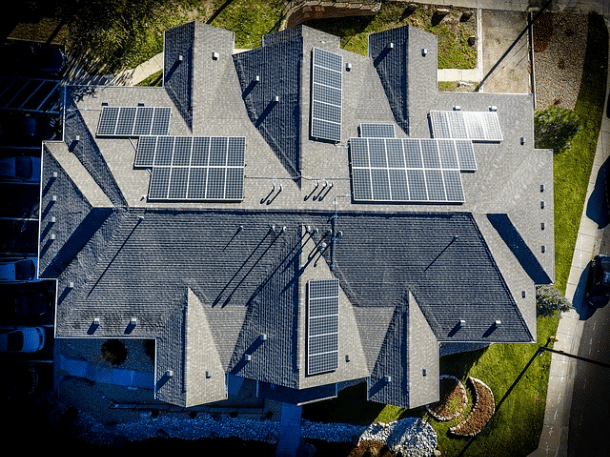Solar energy leads as one of only four renewable technologies that can meet long-term climate change goals.
That’s according to an International Energy Agency’s (IEA) study of renewable energy technology worldwide.
Only four out of 38 technologies are on track to meet Paris Agreement emission reduction targets. These are solar PV, LED lighting, electric vehicles and data centre energy management.
Australia has several “positive developments” in energy storage technology, despite slower industry progress overall, the study found.
Tesla’s 100 MW mega-battery in South Australia is backed by several pumped hydro projects, including a 2 GW facility expansion in the NSW Snowy Mountains.
Wind generation, hydro power, gas and batteries all need further development however. Coal and geothermal power sources are “completely off track”.
Solar energy dominates global renewable energy market
According to IEA figures, Solar PV showed record 34 per cent global growth in power generation during 2017.

It should therefore meet IEA’s Sustainable Development Scenario (SDS) target of 17 per cent average annual growth between 2017 and 2030.
Key points of the report:
- Solar power has driven global expansion in renewable power during 2017.
- Prices for new utility-scale solar PV systems have fallen by 70 per cent since 2010.
- Solar PV has grown by more than a third during 2017 according to estimates.
- Growth represents nearly 2 per cent of total electricity generation worldwide.
China is the main driver of solar deployment, with the US following. However, India is emerging as key world player with solar installations doubling each year.
The electric vehicles (EV) boom also received special note. An annual EV sales increase of 54 per cent means there are more than 3 million EVs worldwide.
Solar energy leads as battery storage moves more slowly
Battery prices fell by 22 per cent between 2016 and 2017. This is a very positive trend for popular Australian storage batteries like the Tesla Powerwall 2.
However, utility-scale energy storage projects stayed flat in 2017 at around 620 MWh. Total global storage capacity of 80 GW is needed by 2030 to reach the SDS targets.
According to the report, a wider range of battery technologies will only become cost-effective if governments support energy policy.












































